Magnetic Field Effect on Arterial Flow CFD, ANSYS Fluent MHD Tutorial
Magnetic Field Effect on Arterial Flow CFD, ANSYS Fluent MHD Tutorial
- Upon ordering this product, you will be provided with a geometry file, a mesh file, and an in-depth Training Video that offers a step-by-step training on the simulation process.
- For any more inquiries regarding the product, please do not hesitate to reach out to us at info@CFDLAND.com or through our online support assistant.
€205 Original price was: €205.€170Current price is: €170.
Magnetohydrodynamics (MHD) is the study of how electrically conducting fluids, like blood plasma, interact with magnetic fields. This interaction is incredibly important in modern medicine, especially with the rise of powerful Magnetic Resonance Imaging (MRI) machines and the development of innovative treatments like magnetic drug targeting. When blood flows through a strong magnetic field, a force known as the Lorentz force is generated, which can alter flow patterns and even change blood temperature. Understanding this is a critical engineering challenge for designing safe medical devices and effective therapies. A Magnetic Field Effect on Arterial Flow CFD simulation is the most powerful tool for this purpose. However, standard software can have limitations. This MHD Fluent tutorial demonstrates a clever workaround using a custom script to accurately model a localized magnetic field, based on the methods presented in the important research paper by Lunnoo and Puangmali [1].Caption for Figure 1 Figure 1: The arterial geometry showing the targeted region for the local magnetic field in the Artery Magnetic CFD simulation.
Reference [1]: Lunnoo, Thodsaphon, and Theerapong Puangmali. “Capture efficiency of biocompatible magnetic nanoparticles in arterial flow: A computer simulation for magnetic drug targeting.” Nanoscale research letters 10 (2015): 1-11.

Figure 1: Locally magnetic field applied around the artery by means of UDF
Simulation process: Modeling Arterial Flow with a Custom MHD Fluent UDF
The first step was to create a realistic 2D geometry of a branched artery. We extracted the precise shape from a medical image using Plot Digitizer software and then generated a high-quality mesh. A significant challenge in this Fluent MHD simulation is that the standard, built-in MHD module in ANSYS Fluent is designed for globally applied magnetic fields, not for a field targeted at a small, specific region as is common in medical applications.
To overcome this software limitation, we developed a custom User-Defined Function (UDF). A UDF is a piece of C programming code that allows you to add new physics to the standard Fluent solver. Our UDF calculates the Lorentz force and applies it only to a specific, user-defined zone within the artery. This approach provides a much more realistic simulation of targeted magnetic effects. We also enabled the Energy equation to analyze any thermal changes caused by the Magnetic CFD interaction.
Post-processing: CFD Analysis of Lorentz Force and its Effect on Arterial Flow
The simulation results provide a clear and compelling story of how a localized magnetic field can fundamentally alter hemodynamics. The process starts with the force itself. Figure 2 shows the distribution of the Lorentz force, which acts as a magnetic brake on the blood flow. The intense red-orange zone shows the force pushing in one direction with a magnitude of 0.00019, while the adjacent blue zone shows it pushing in the opposite direction at -0.00022. This tightly contained pattern is crucial. The most significant achievement of this MHD Fluent simulation is demonstrating that a custom UDF can successfully model a localized magnetic field, perfectly targeting a small section of the artery while leaving the rest of the flow unaffected.
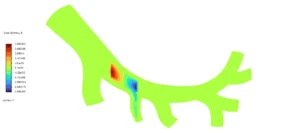
Figure 2: Distribution of the Lorentz Force (User Memory 0) applied via the MHD Fluent UDF, showing a targeted local effect.
This localized force creates a chain reaction. The velocity contour in Figure 3 confirms that blood, which normally flows fastest in the center of the artery (red, 0.039 m/s), is significantly disrupted in the target zone. The magnetic force acts like an obstacle, slowing the flow and altering its path. This slowdown has a direct thermal consequence. The temperature plot shows that while the blood enters at a normal body temperature of 300K, it heats up to 309K precisely in the areas where the magnetic field is strongest. This happens because the slowing blood creates more friction against the artery walls. This detailed Artery Magnetic Fluent analysis proves that magnetic fields can create significant local changes in both velocity and temperature, providing critical data for engineers designing the next generation of safe MRI machines and targeted medical therapies.
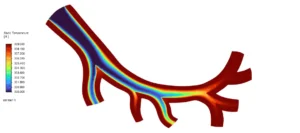
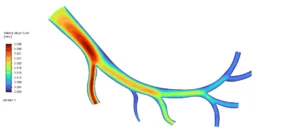
Figure 3: Contours showing the effect on a) temperature and b) velocity distribution in the Artery Magnetic CFD simulation.
We pride ourselves on presenting unique products at CFDLAND. We stand out for our scientific rigor and validity. Our products are not based on guesswork or theoretical assumptions like many others. Instead, most of our products are validated using experimental or numerical data from valued scientific journals. Even if direct validation isn’t possible, we build our models and assumptions on the latest research, typically using reference articles to approximate reality.
Yes, we’ll be here . If you have trouble loading files, having technical problems, or have any questions about how to use our products, our technical support team is here to help.
You can load geometry and mesh files, as well as case and data files, using any version of ANSYS Fluent.
€190 Original price was: €190.€175Current price is: €175.

€300 Original price was: €300.€175Current price is: €175.

€260 Original price was: €260.€135Current price is: €135.

€380 Original price was: €380.€185Current price is: €185.

€185 Original price was: €185.€135Current price is: €135.

€205 Original price was: €205.€155Current price is: €155.


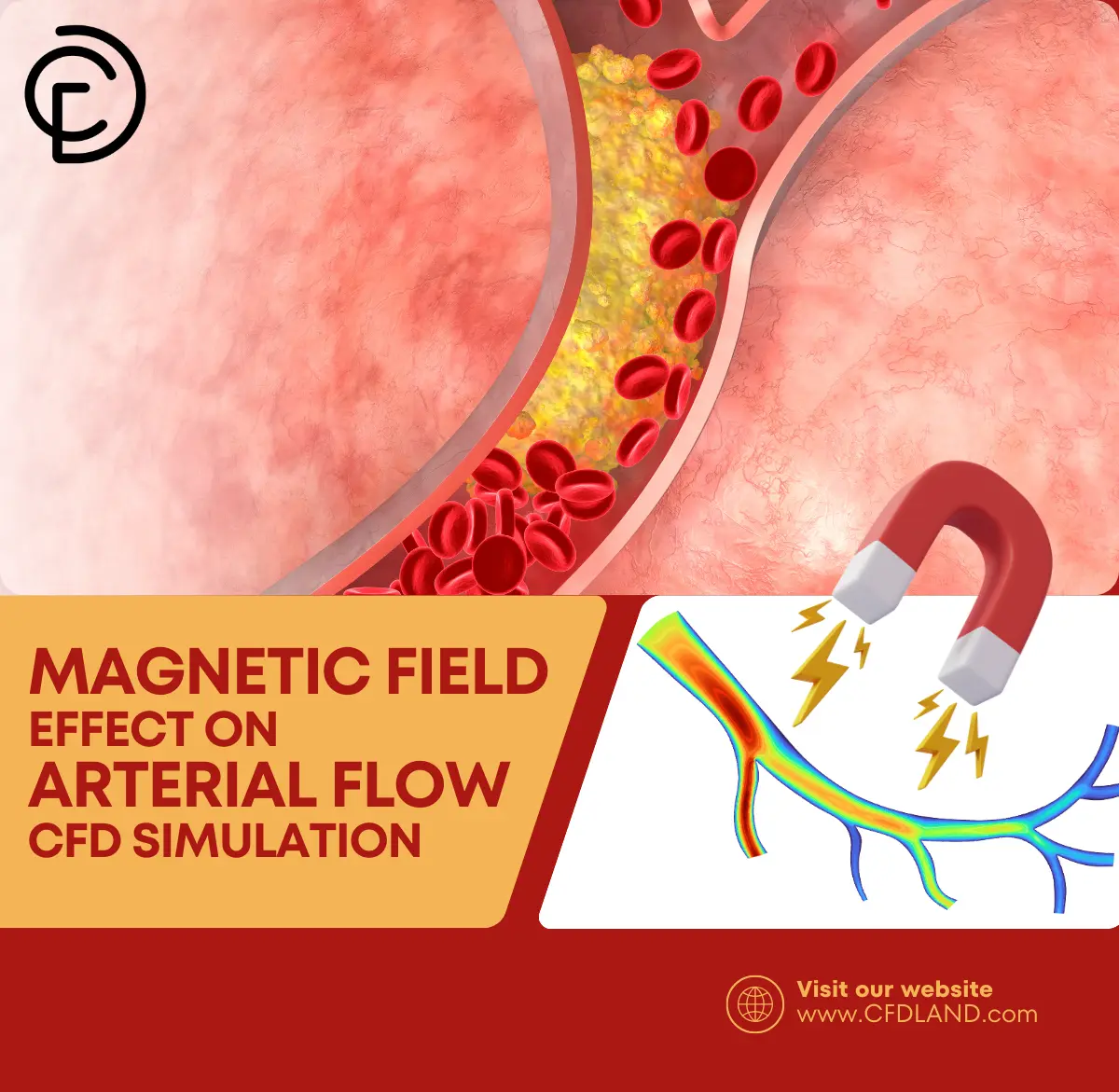
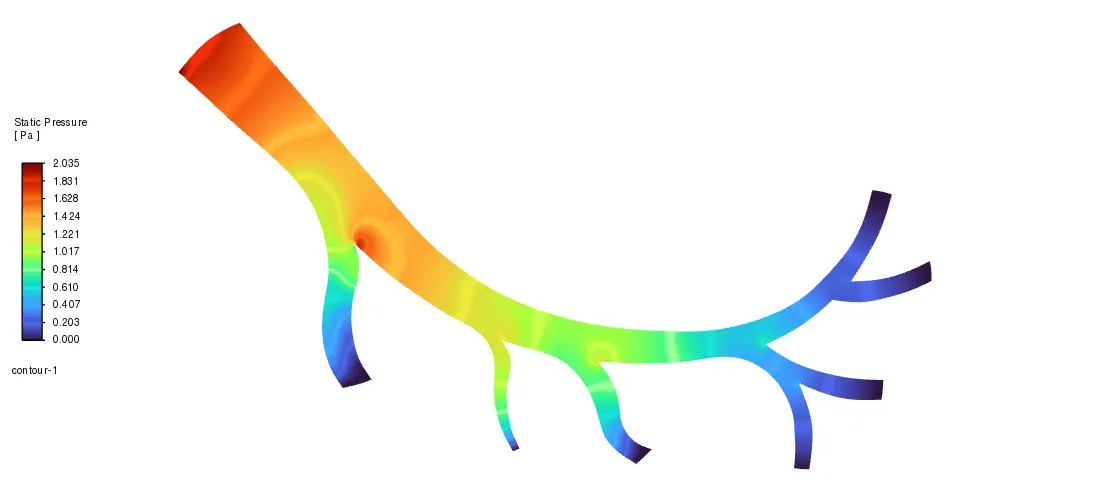
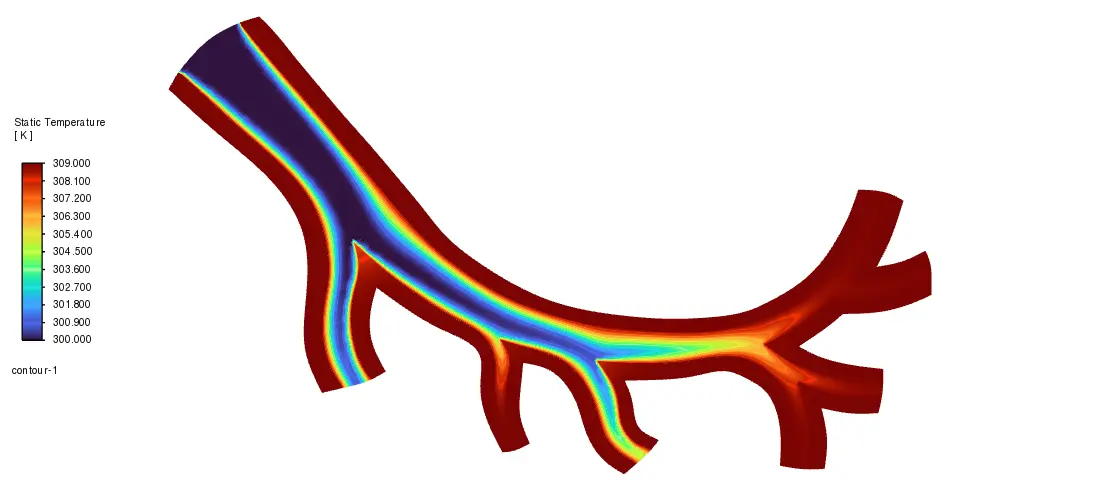
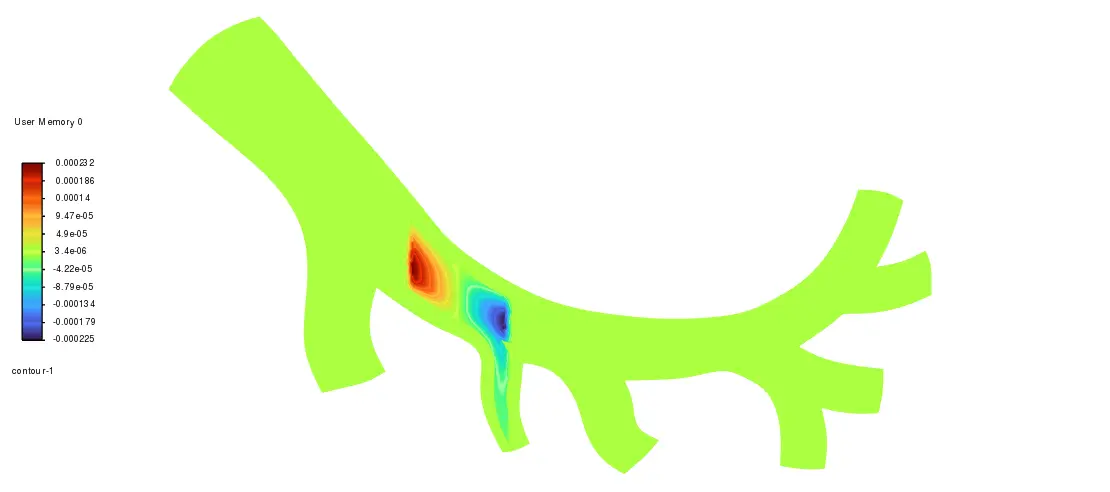
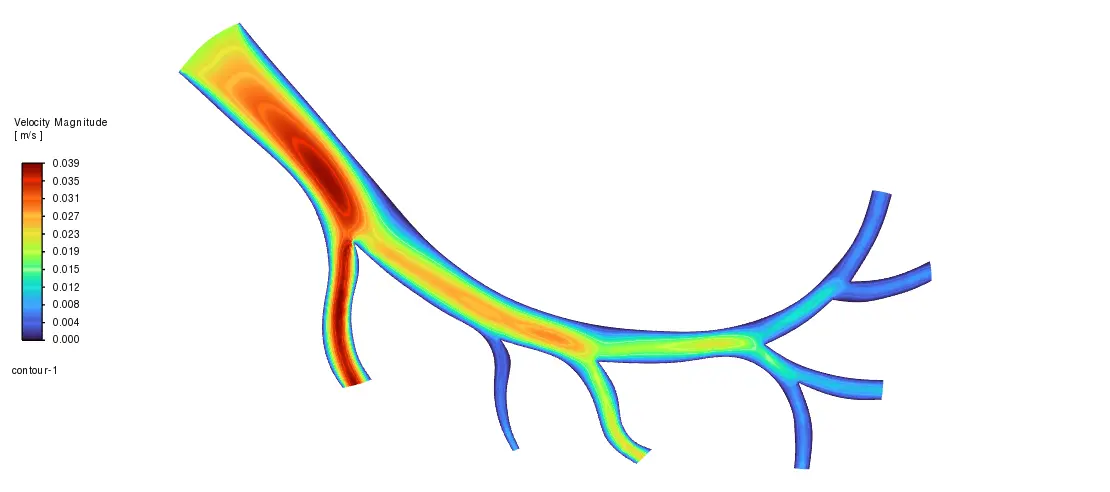








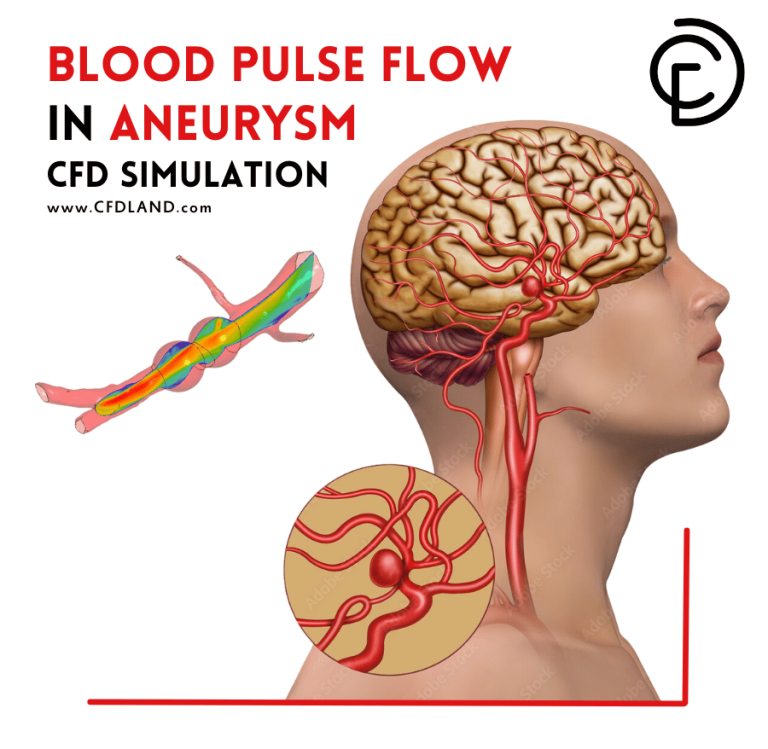


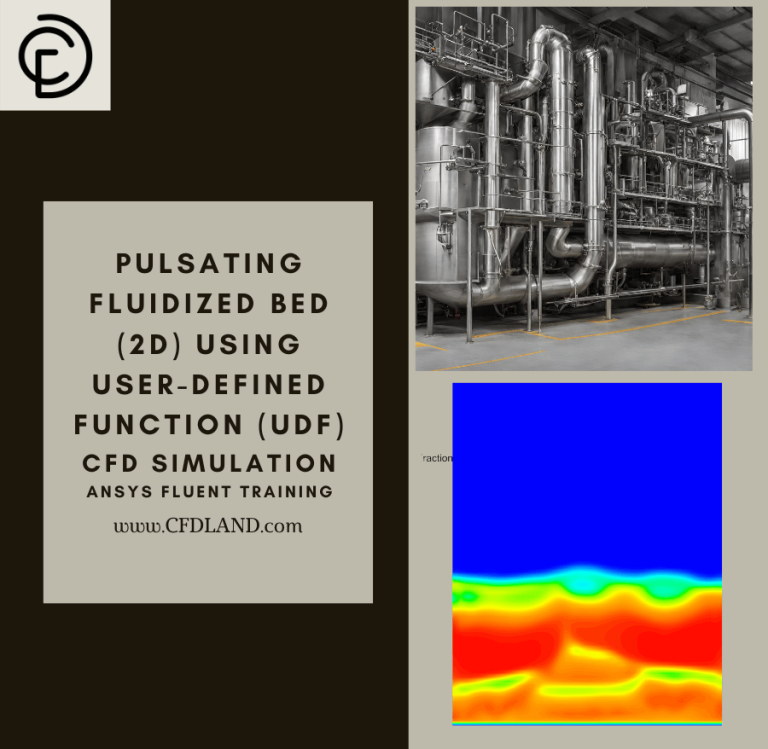
Reviews
There are no reviews yet.